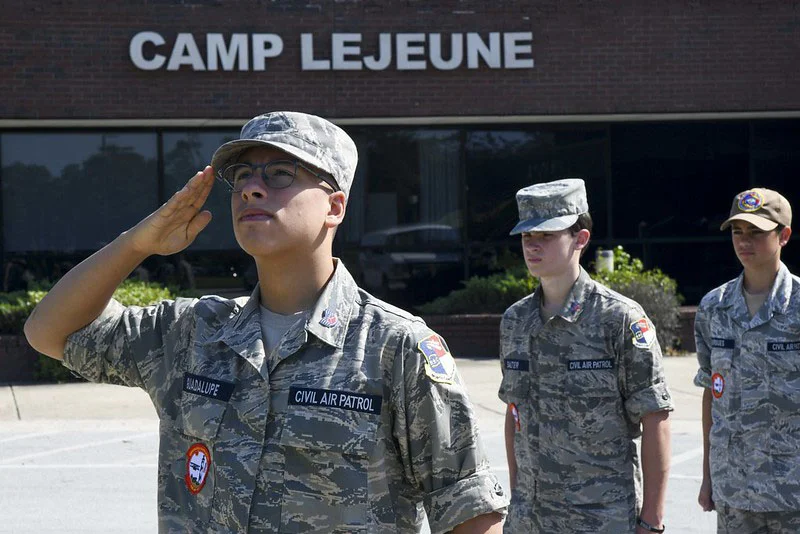
COVID’s Effect on Undiagnosed Cancer Rates Is Worse Than Anticipated
In 2020, COVID-19 wreaked havoc on the world, disrupting nearly every aspect of regular life and turning the medical community upside down.
While overwhelmed hospitals struggled to keep pace with the sheer volume of COVID-19 patients, routine medical treatments, surgeries, and checkups were on lockdown, too—including serious, life-saving measures like cancer screenings and diagnoses.
As patients grapple with the ramifications of this lapse in care, many wonder how far the limits of healthcare immunity extend and question whether oncologists are liable for any of the unprecedented delays.
Over a Hundred Thousand Cases Undiagnosed
In October 2023, JAMA Oncology released a report that studied cancer diagnoses during the early days of the COVID-19 pandemic. Focusing on the first ten months of the outbreak, researchers discovered the number of diagnosed cases in the United States was 13% lower than expected. That sounds encouraging until we recall that hospitals and health centers were virtually overrun with patients during this period.
People did not suddenly stop having cancer. Healthcare facilities stopped diagnosing it.
When JAMA researchers compared pre-COVID diagnosis rates to the number of cases reported between March and December 2020, they learned that while case reporting might have declined, the likely number of undiagnosed cases substantially increased. According to their estimates, nearly 134,400 patients had cancer and didn’t know it.
The Impact of Diagnosis Delays
A backlog of missed pediatric wellness visits might not seem important in the grand scheme of things, but when it comes to catching, diagnosing, and treating cancer, every day counts.
JAMA’s deep dive into COVID-19’s effect on cancer diagnoses covered all stages of cancer detection, and all types of cancer, and its report highlighted several key points:
- Prostate, lung, and female breast cancer were the most likely types of cancer to go undiagnosed during the first ten months.
- The diagnosis rate for cancers with regular, recommended screening was nearly 15% less than expected.
- The pandemic affected all stages of cancer detection—from early onset to late detection.
- States with stay-at-home orders lasting longer than six weeks took proportionately longer to recover from reduced diagnosis rates than less restrictive states.
For some patients, a few weeks can make a difference between life and death, meaning diagnosis delays will almost certainly lead to higher cancer mortality rates in the years to come. This sobering reality makes some patients wonder who—if anyone—is liable.
Are Medical Facilities Liable?
Failure to properly diagnose a patient’s condition is one of the leading causes of medical malpractice in the United States. So, it’s easy to see why this wave of undiagnosed cancer might have medical professionals on edge about liability. However, while JAMA’s findings draw a clear correlation between COVID-19 and undiagnosed cancer, healthcare providers are not necessarily liable for treatment delays.
During the first year of the pandemic, at least thirty states passed legislation shielding healthcare workers from tort liability stemming from compliance with COVID-19 regulations—Michigan included.
That being said, these broadly issued COVID-19 protections for medical professionals are largely untested, and they certainly don’t give healthcare workers free rein to act negligently or recklessly in carrying out their duties.
A Qualified Medical Malpractice Attorney Can Help If COVID-19 delayed your cancer diagnosis, or you have specific questions about pandemic-related liability, we want to hear from you. Contact Sommers Schwartz today for a free consultation, and let our team of highly experienced attorneys help defend your rights in this unprecedented situation.
Robert B. Sickels
For more than 30 years, Robert Sickels has successfully represented plaintiffs involved in complex personal injury, medical negligence, and products liability matters.





